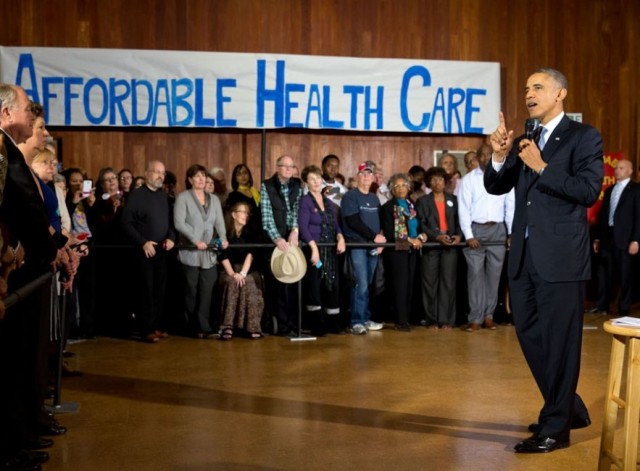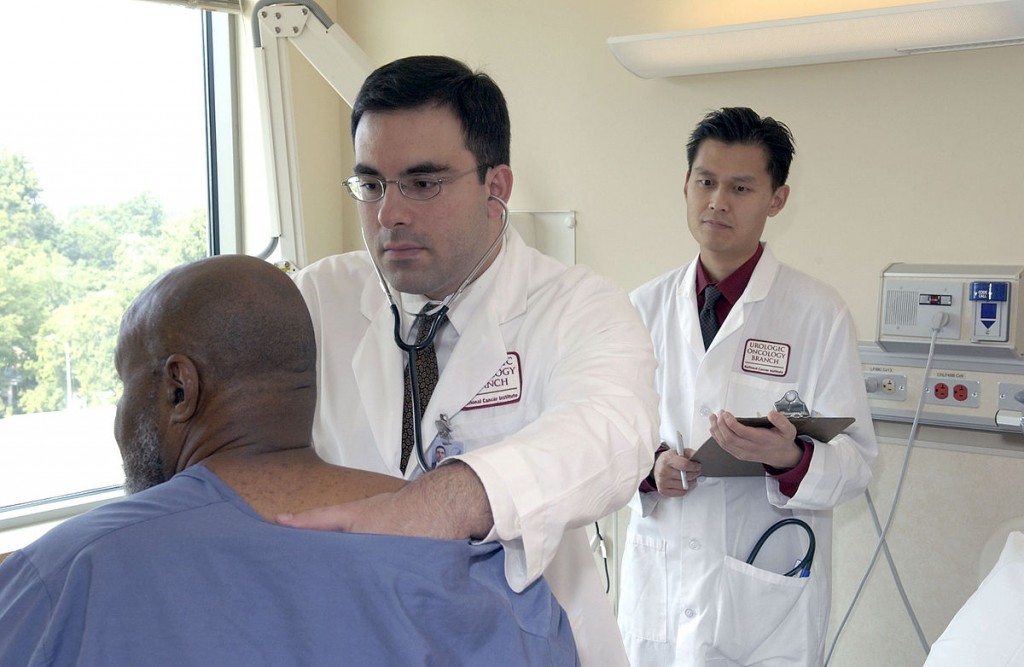May 2006: There are 13.7 million young adults who lack health insurance in the United States, an increase of 2.5 million from 2000, a new Commonwealth Fund report reveals. According to "Rite of Passage: Why Young Adults Become Uninsured and How New Policies Can Help," young adults between the ages of 19 and 29 represent the largest and fastest growing segment of the population without health insurance, and are uninsured at twice the rate of adults ages 30 to 64.
Although young adults comprise 17 percent of the under-65 population, they account for 30 percent of the uninsured non-elderly population. The instability of coverage puts them at risk for poor health: More than half (57%) of young adults who lack health insurance reported they had gone without needed health care because of cost-- including failing to fill a prescription, not seeing a doctor or specialist when needed, or skipping a recommended medical test or treatment. Uninsured young adults also face financial burdens, with 46% reporting that they were paying off medical debt or had trouble paying medical bills.
"There are both health and financial consequences when young adults who are just starting out in the workforce or entering college lose their health insurance ," said Commonwealth Fund Senior Program Officer Sara Collins, lead author of the study. "Policy changes such as increasing the age of eligibility for public programs and continued parental coverage would stabilize insurance among young adults and ease their transition to adulthood."
Young adults who are not in school full-time are more likely to go without coverage. Forty percent of part-time and non-students ages 19 to 23 were uninsured compared with 20 percent of full-time students in the same age group.
Young adults from low-income households are most at risk. Over half (54%) of young adults ages 19 to 29 under the federal poverty level are uninsured and 42 percent of those between 100% and 200% of poverty are uninsured, compared with 18 percent over 200% of poverty.
Continue Reading Below ↓↓↓
Young adults are most likely to lose coverage when they graduate from high school or college. Half (51%) of high school graduates who don't go on to college have a time uninsured during the year after graduation. Nearly two of five (38%) college graduates will be without health insurance for a period during the first year after graduation.
Age 18 or 19 is a crucial turning point for coverage in many private and public health insurance plans. Nearly sixty percent of employers who offer coverage do not insure dependent children over age 18 or 19 if they do not attend college. Medicaid and the State Children's Health Insurance Program typically treat age 19 as the cut-off for children's coverage, and these young adults will lose coverage unless they can qualify for Medicaid as adults. As a result, uninsured rates jump sharply when a young adult turns age 19: the uninsured rate rises from 12 percent among children under 18 to 31 percent among those ages 19 to 29.
According to the authors, three policy changes could make a significant dent in the problem:
- Extending eligibility for Medicaid and the State Children's Health Insurance Program beyond the current age limit for children of 18.
- Allowing children to be eligible for their parents' health insurance beyond age 18 or 19, regardless of student status.
- Having states ensure that colleges and universities require full- and part-time students to have health insurance, and that they offer coverage to both. Many universities and colleges--as well as the states of Idaho, Massachusetts, and New Jersey--already require students to have health insurance as a condition for enrollment. Federal or state premium subsidies would help offset the costs for students from lower and moderate income families.
The authors note that in the absence of federal action to expand coverage, many states--including Colorado, Massachusetts, New Jersey, New Mexico, South Dakota, Texas, and Utah--have passed legislation to raise the age of dependency for most young adults for purposes of eligibility under private insurance plans.
"If we want to ensure a stable and healthy workforce for the future, we must address these gaps in health coverage for young people," said Commonwealth Fund President Karen Davis. "While we ultimately need a federal solution for the problem of the uninsured, it is encouraging that states are taking action and providing models to improve coverage."
Methodology
Most data in this issue brief are from four surveys: the March Annual Social and Economic Supplement to the Current Population Survey (CPS), 1987�2005; the Medical Expenditure Panel Survey (MEPS), 2003; the 1996 Panel of the Survey of Income and Program Participation (SIPP); and the Commonwealth Fund Biennial Health Insurance Survey (2005). The Commonwealth Fund is a private foundation supporting independent research on health and social issues.
Source: Commonwealth Fund







